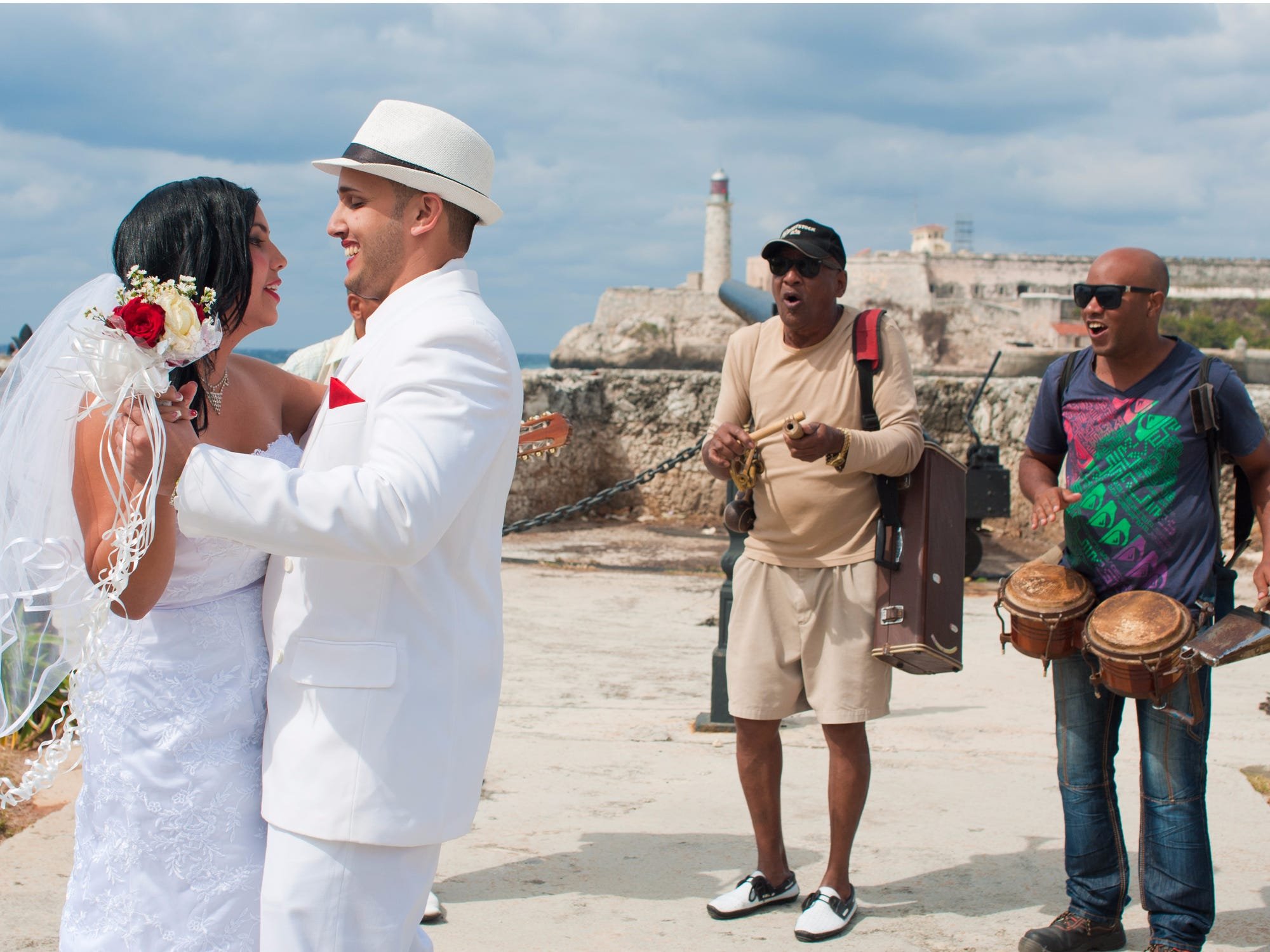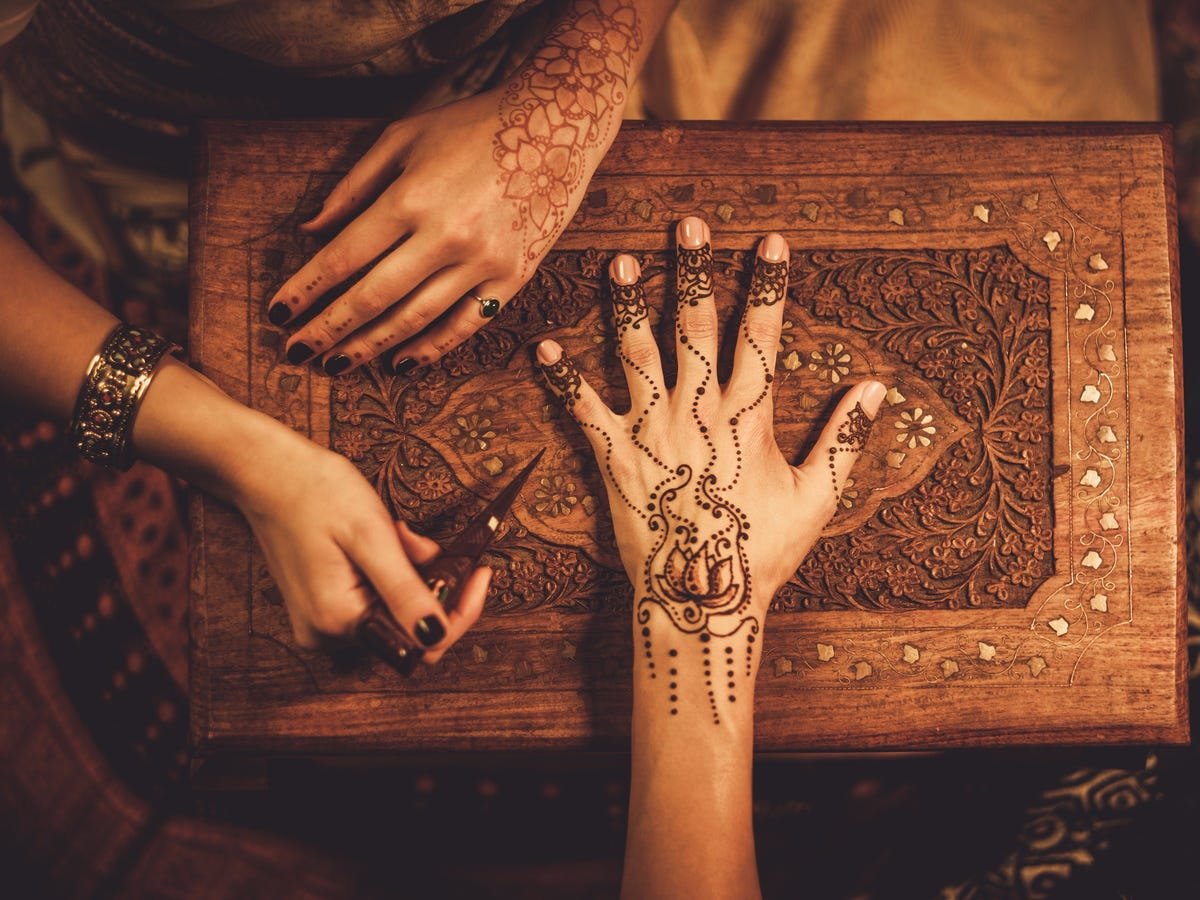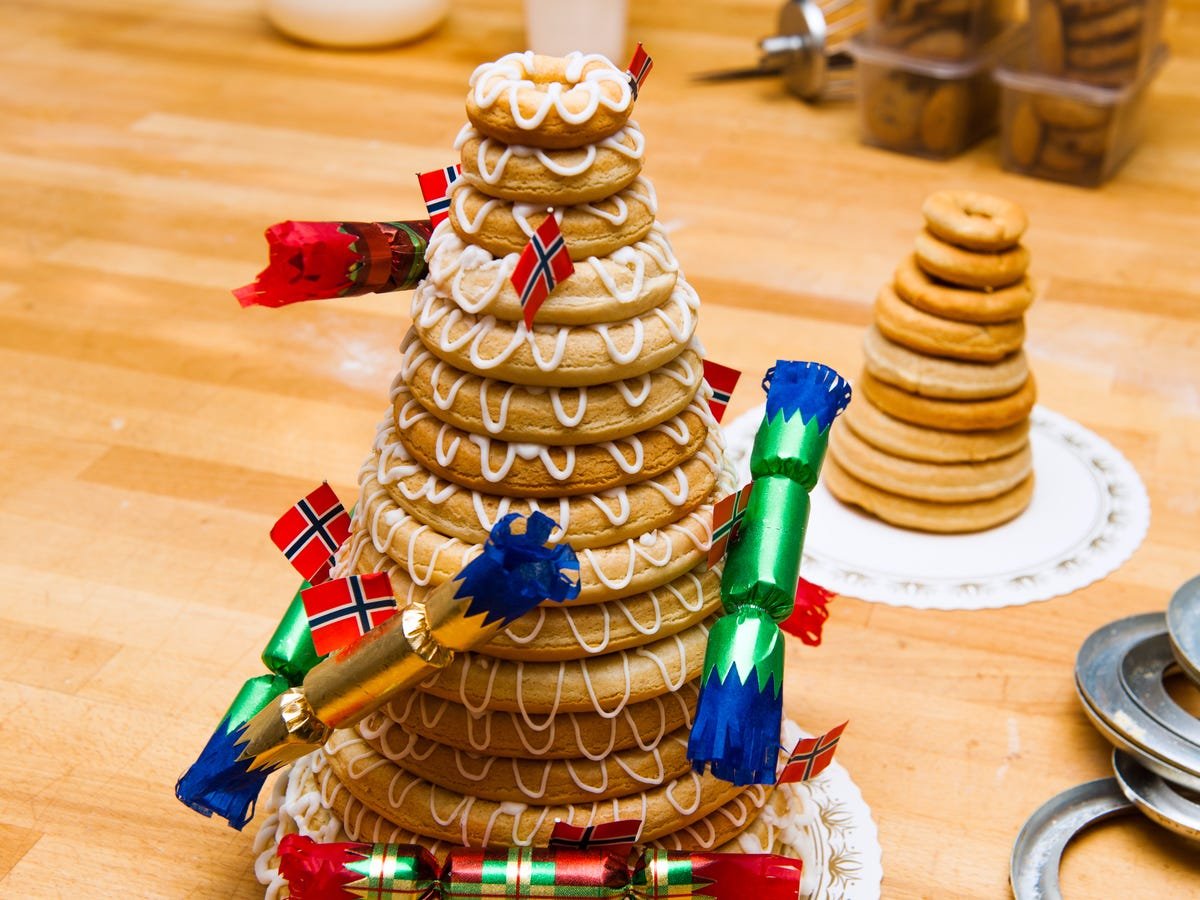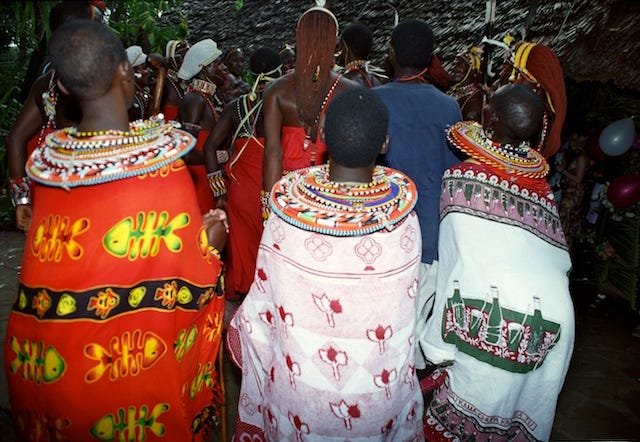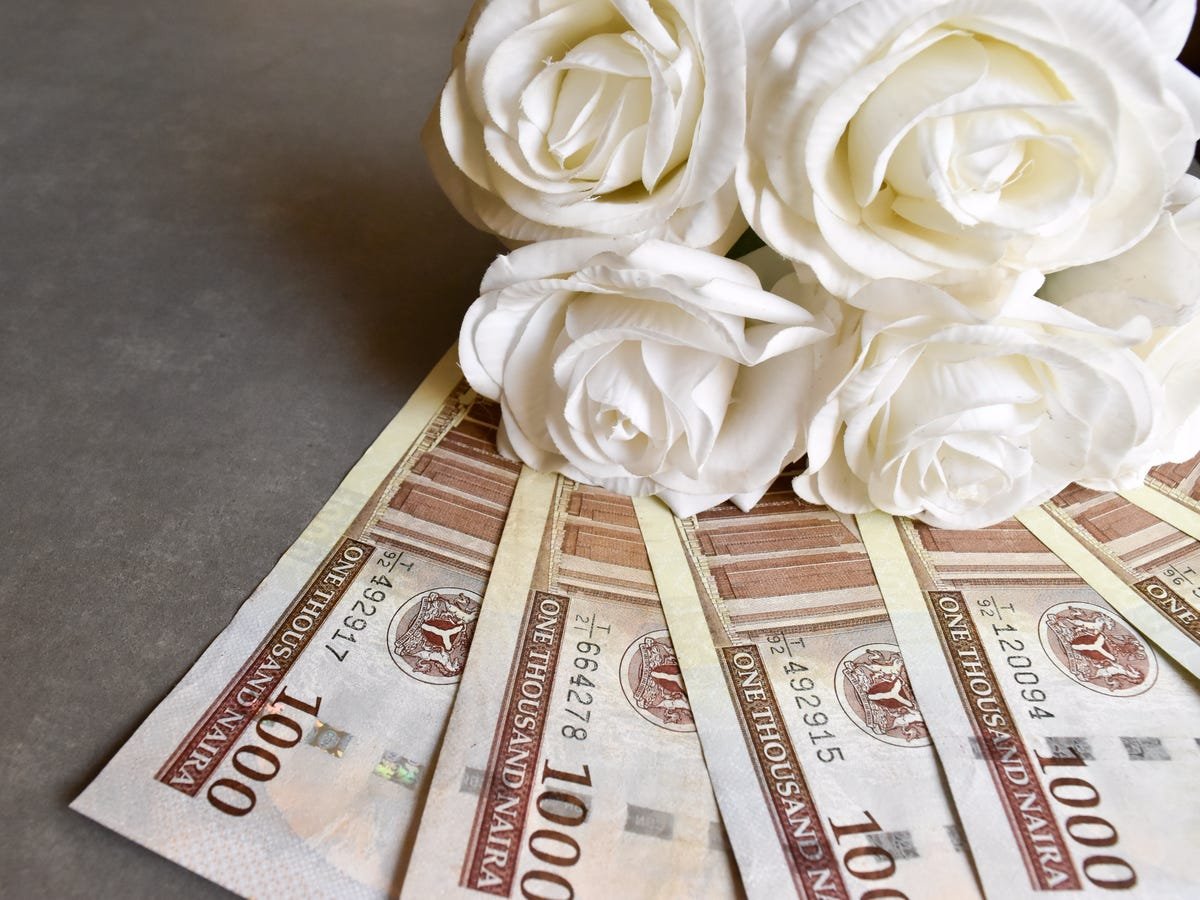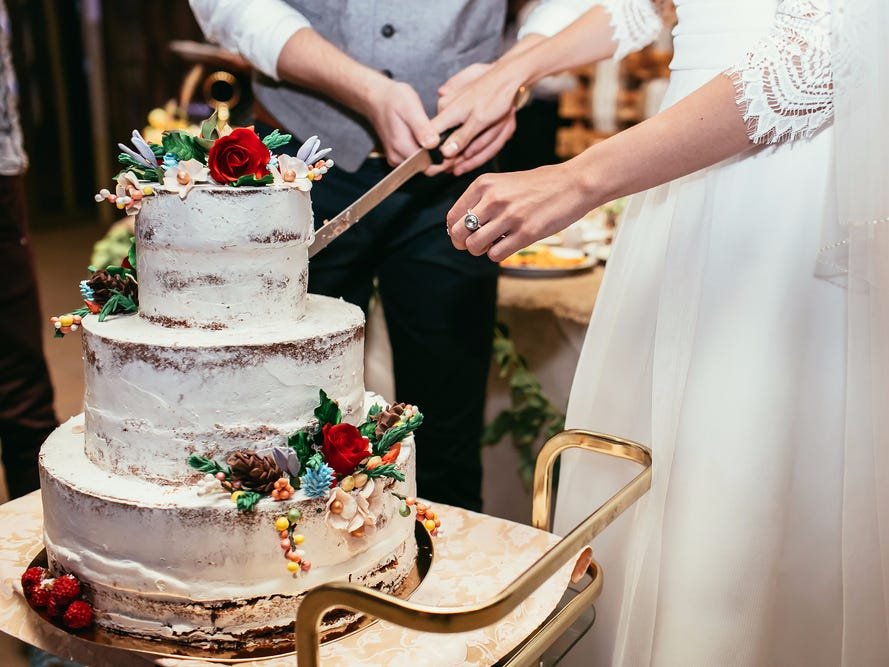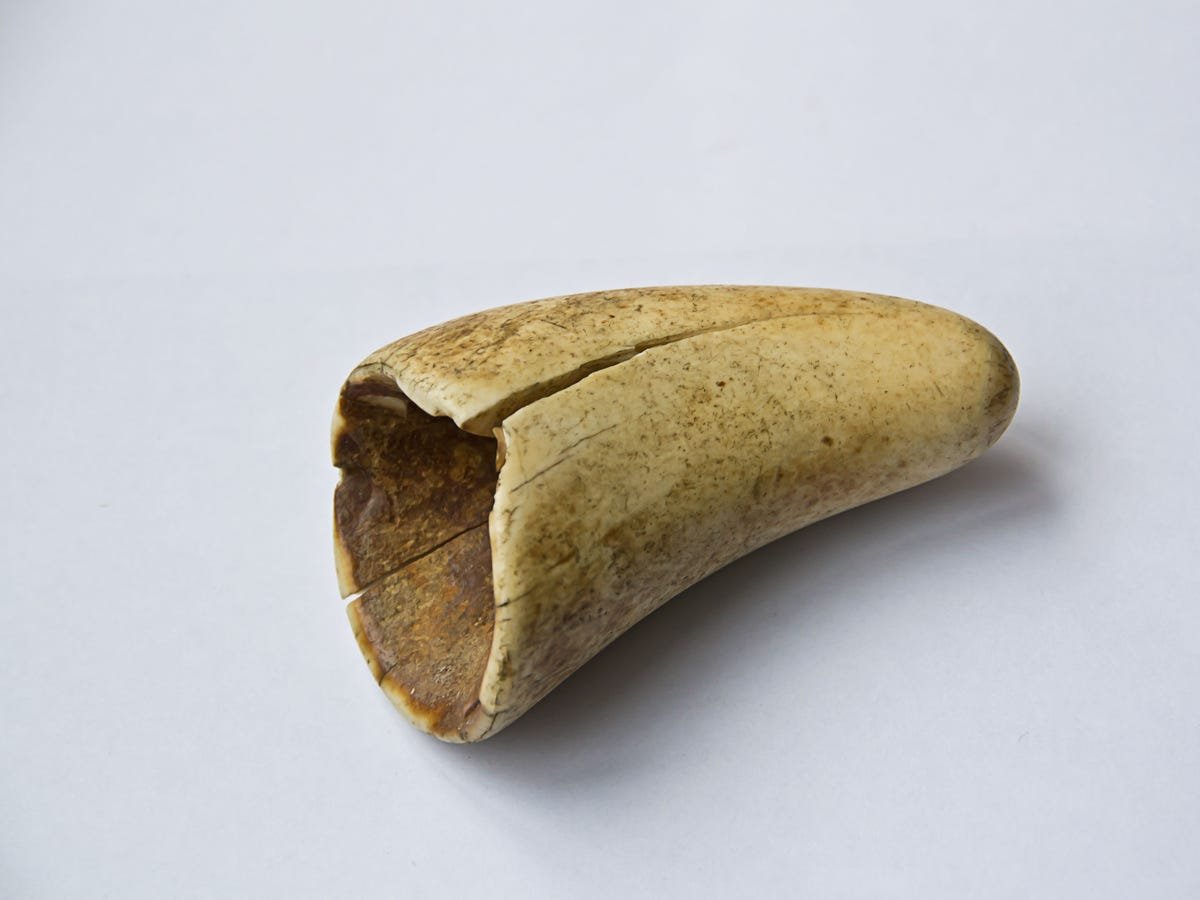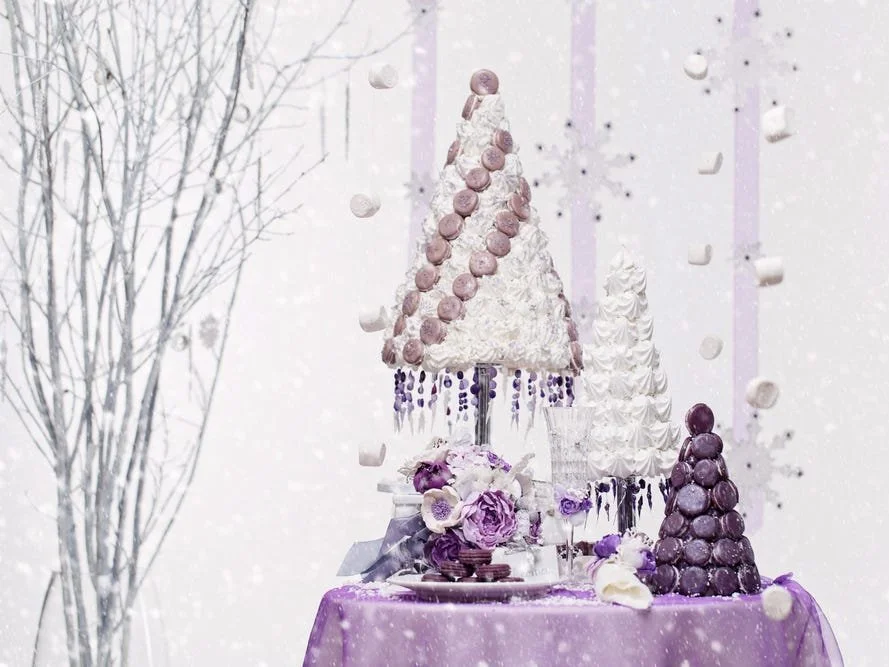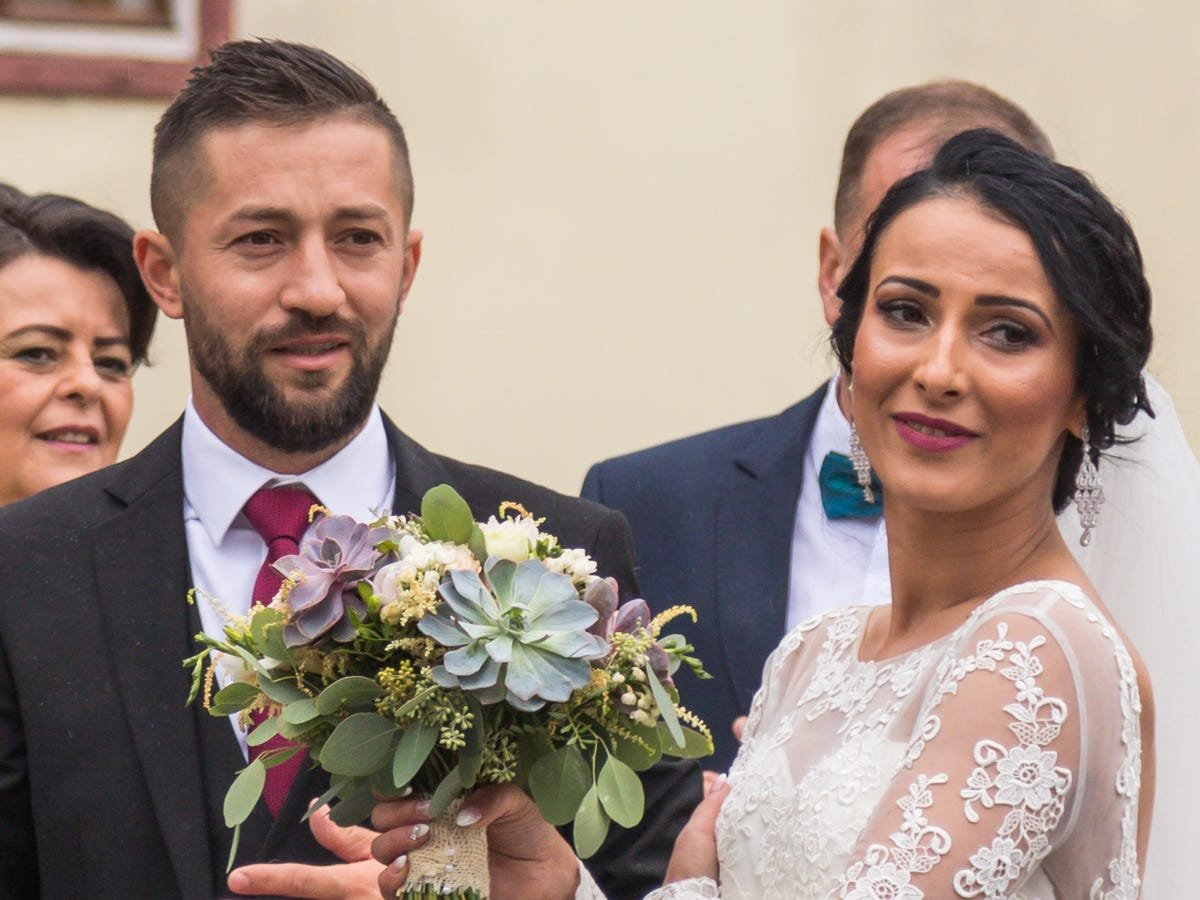12 ways wedding traditions differ around the world
One of the most amazing things about our world is how the same action or tradition can be implemented so differently in each culture. Take marriage for instance; it's practiced around the world but the way a wedding is celebrated varies immensely across cultures.
If you're marrying someone from another country or just attending a destination wedding, you may experience some of these differences. Of course, not all weddings in every country are the same, and not everyone follows these traditions to tee. In any case, the way we each take something like a wedding and make it our own is quite special.
Here are some of the many ways wedding traditions are different around the world.
Skip the jewelry and get mehndi in India.
An example of mehndi. Shutterstock
Rather than wearing hand jewelry, in India it's traditional for the bride to spend hours getting mehndi, paint made from henna, intricately painted on her. While it requires a lot of patience, the results are a beautiful work of art that lasts roughly two weeks on the skin.
Interestingly enough, menhdi is actually painted onto the bride for it's medicinal properties. It's meant to help calm the bridge while dealing with the stress of the wedding day.
No one will "wine" about the cake in Norway.
A traditional kransekake. Shutterstock
If you attend a wedding in Norway, you'll love the cake for two reasons. For starters a traditional wedding cake, called a kransekake, is created by placing iced almond cake rings on top of each other to create a cone shape. Even better? In the center of this hollow cake, you'll find gifts, like a bottle of champagne or wine.
Another fun tradition is that the bride and groom pick up the top ring of the cake. It's a legend in Norway that however many layers stick to it underneath are the amount of children they will have.
In Cuba, you'll have to pay to dance with the bride.
It's a great way to fund your honeymoon. Shutterstock
Although it's common for the bride to dance with many of her guests across cultures, in Cuba the dance comes with a price. Every man who dances with the bride is traditionally required to pin money on to her dress. This custom is practiced to help the happy couple pay for the wedding and the honeymoon.
In Germany, a couple's strength is tested — literally.
It's the couple's first test. Shutterstock
While still wearing their wedding attire, German newlyweds sometimes saw a log in half while all their guests watch on in a tradition known as Baumstamm Sägen. Given a two person saw, the tradition is meant to symbolize how the couple will work together as they face obstacles in their marriage.
Doves are released in the Philippines.
It's a show of peace. Shutterstock
Following the wedding ceremony, Filipino newlyweds traditionally release two doves, one male and one female. The birds are meant to represent a harmonious life ahead for the couple. It's a peaceful show of love ahead for the newlyweds.
A dad's spit for good luck for the Maasai people in Kenya.
It's meant not to jinx you with good luck. Flickr/Greg Neate
If you go to a wedding in Kenya, the day may end with the father of the bride spitting on the bride for good luck. Hoping not to jinx the marriage, the spit is meant in good faith. For the Maasai people in Kenya, spitting on someone is seen as showing them respect.
In Nigeria, you might get sprayed with money.
Guests partake in a "money spray." Shutterstock
Guests at weddings in Nigeria aren't afraid to make it rain. It's customary for guests to "spray" or toss bills at the bride and groom. This is a gesture to show the couple their happiness for them and also to keep them on the dance floor.
In China, it's tradition to perform a tea ceremony.
This tradition has changed throughout the years. Shutterstock
Weddings in China include a tradition meant to bond families together. Historically, the bride would serve tea to her family before the wedding and after the ceremony, the couple would perform the tea ceremony for the groom's family, according to The Knot.
But today, tea ceremonies are typically given to honor both families. They can be done privately directly after the wedding, the day after the wedding or even between the ceremony and reception with all guests present.
During the ceremony, relatives including grandparents, parents, aunts, and uncles are served a cup of tea and each takes a sip. After they sip, each relative hands the couple a lai see, or red envelope, that contains money, jewelry, or another token and the envelopes are placed on the tea tray.
The ceremony is a way for the bride and groom to show love and appreciation for their relatives raising them and caring for them, and for their families to share a special moment to give their blessing. It's also the first time that the bride and groom will address their in-laws by their new titles.
In Peru, single ladies may find love in the cake.
It's an alternative to a flower toss. Stakhov Yuriy/Shutterstock
A traditional Peruvian wedding cake is assembled with ribbons poking out of the side. Each ribbon is attached to a charm but one has something more — a fake wedding ring. If you're the single lady served the wedding ring-filled slice of cake, it's thought that you're next in line to get married.
In Fiji, a proposal usually includes a whale's tooth.
It's given to the bride's father. Shutterstock
Future grooms around the world often ask the bride's father's permission to marry her. But in Fiji, this often involves a little something extra.
According to The New York Times, the groom and his family will often present the bride's father with a tabua, or a sperm whale's tooth, when he asks permission. Though this practice is more common in rural areas, it's practiced all over Fiji.
You'll enjoy a different type of wedding cake in France.
You won't see a traditional wedding cake there. Svetography/Shutterstock
Instead of a wedding cake being the star dessert, at most weddings in France, you'll be served a cake called a Croquembouche, which is made up of small pastry balls stacked on top of one another.
The bride gets taken in Romania.
He'll have to "buy" her back. Shutterstock
In Romania, if the bride is nowhere to be found, it doesn't necessarily mean she got cold feet and ran off. In fact, it's tradition for the bride to be "kidnapped" by friends and family before the wedding. To get the bride back, the groom has to pay her ransom with acts such as buying a round of drinks or displaying romantic gestures.


